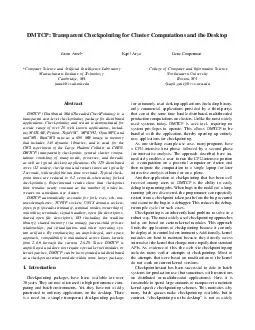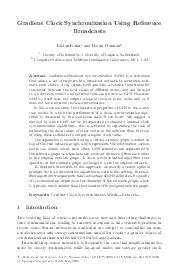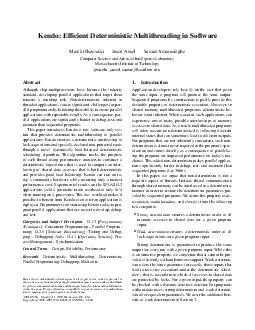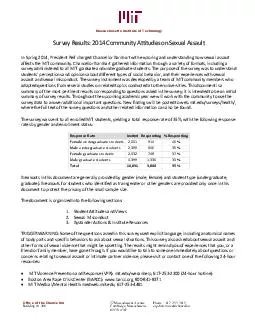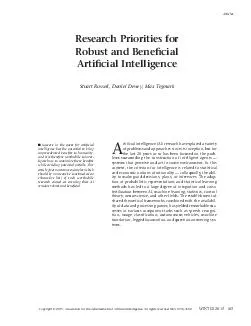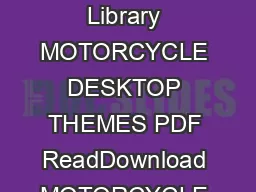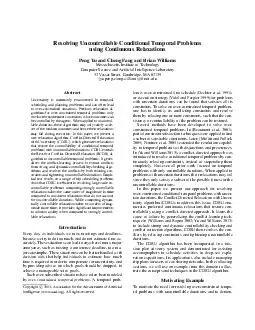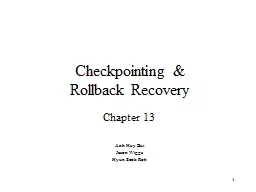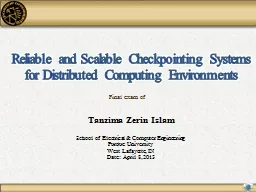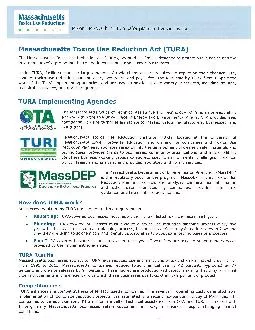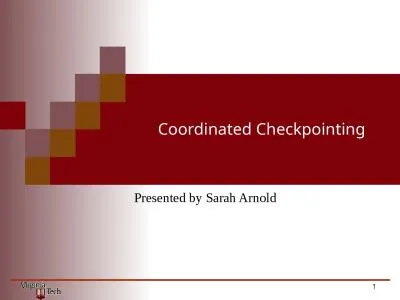PDF-DMTCP Transparent Checkpointing for Cluster Computations and the Desktop Jason Ansel Computer
Author : phoebe-click | Published Date : 2014-12-12
mitedu Kapil Arya Gene Cooperman College of Computer and Information Science Northeastern University Boston MA kapilgene ccsneuedu Abstract DMTCP Distributed MultiThreaded
Presentation Embed Code
Download Presentation
Download Presentation The PPT/PDF document "DMTCP Transparent Checkpointing for Clus..." is the property of its rightful owner. Permission is granted to download and print the materials on this website for personal, non-commercial use only, and to display it on your personal computer provided you do not modify the materials and that you retain all copyright notices contained in the materials. By downloading content from our website, you accept the terms of this agreement.
DMTCP Transparent Checkpointing for Cluster Computations and the Desktop Jason Ansel Computer: Transcript
Download Rules Of Document
"DMTCP Transparent Checkpointing for Cluster Computations and the Desktop Jason Ansel Computer"The content belongs to its owner. You may download and print it for personal use, without modification, and keep all copyright notices. By downloading, you agree to these terms.
Related Documents

